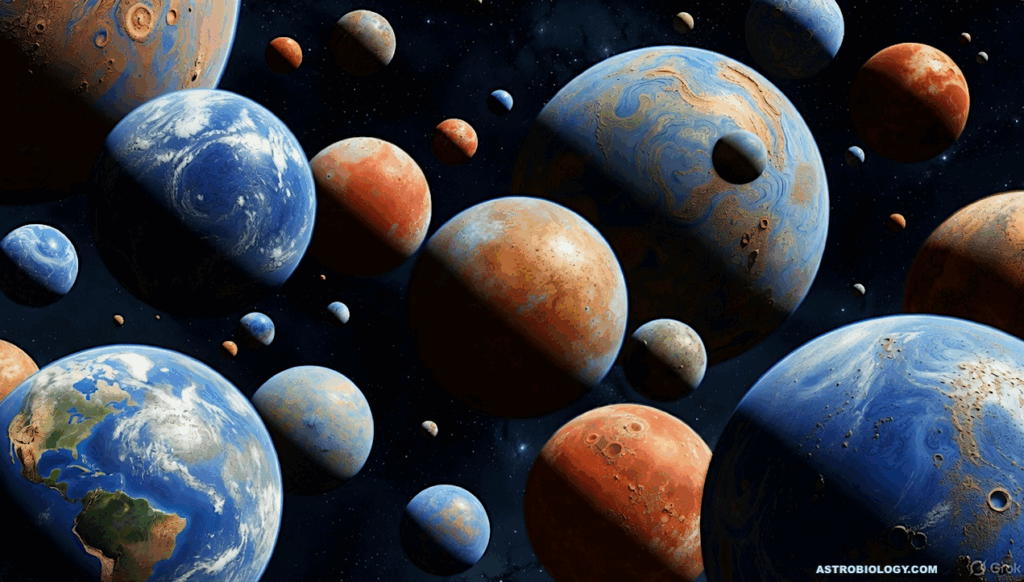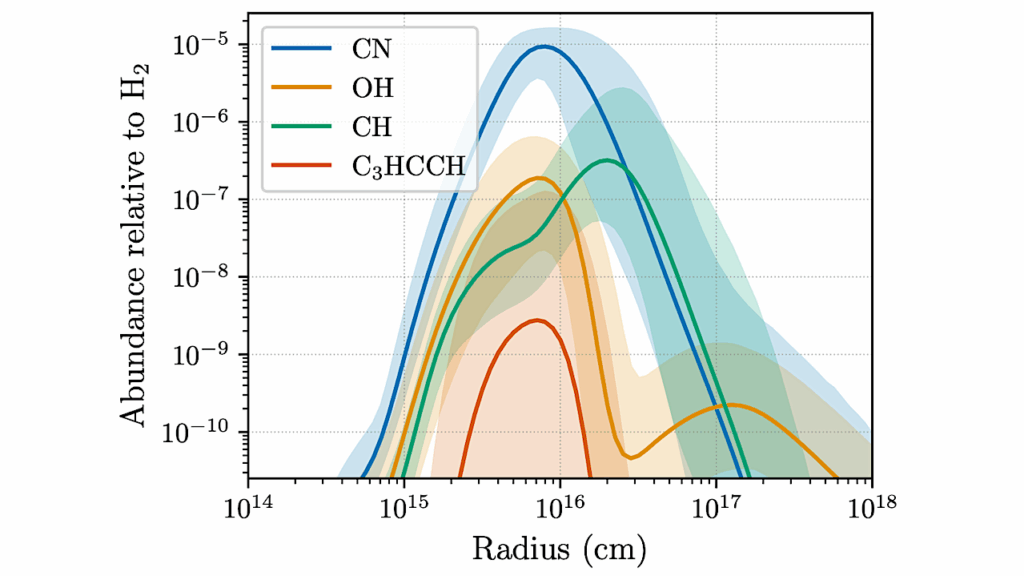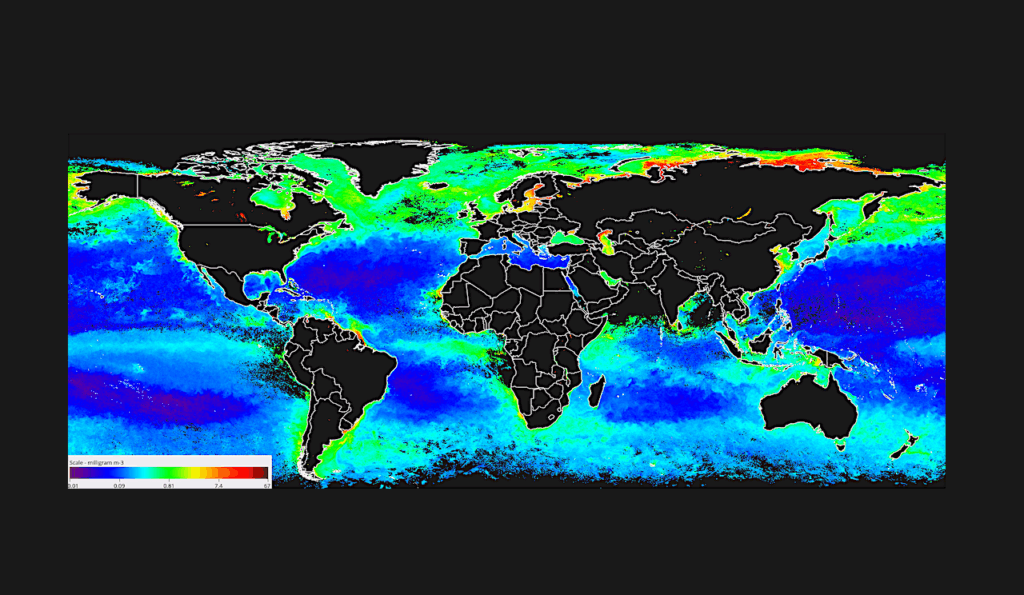Machine Learning for Exoplanet Detection in High-Contrast Spectroscopy: Revealing Exoplanets by Leveraging Hidden Molecular Signatures in Cross-Correlated Spectra with Convolutional Neural Networks

The new generation of observatories and instruments (VLT/ERIS, JWST, ELT) motivate the development of robust methods to detect and characterise faint and close-in exoplanets. Molecular mapping and cross-correlation for spectroscopy use molecular templates to isolate a planet’s spectrum from its host star.
However, reliance on signal-to-noise ratio (S/N) metrics can lead to missed discoveries, due to strong assumptions of Gaussian independent and identically distributed noise. We introduce machine learning for cross-correlation spectroscopy (MLCCS); the method aims to leverage weak assumptions on exoplanet characterisation, such as the presence of specific molecules in atmospheres, to improve detection sensitivity for exoplanets. MLCCS methods, including a perceptron and unidimensional convolutional neural networks, operate in the cross-correlated spectral dimension, in which patterns from molecules can be identified.
We test on mock datasets of synthetic planets inserted into real noise from SINFONI at K-band. The results from MLCCS show outstanding improvements. The outcome on a grid of faint synthetic gas giants shows that for a false discovery rate up to 5%, a perceptron can detect about 26 times the amount of planets compared to an S/N metric. This factor increases up to 77 times with convolutional neural networks, with a statistical sensitivity shift from 0.7% to 55.5%. In addition, MLCCS methods show a drastic improvement in detection confidence and conspicuity on imaging spectroscopy.
Once trained, MLCCS methods offer sensitive and rapid detection of exoplanets and their molecular species in the spectral dimension. They handle systematic noise and challenging seeing conditions, can adapt to many spectroscopic instruments and modes, and are versatile regarding atmospheric characteristics, which can enable identification of various planets in archival and future data.
Emily O. Garvin, Markus J. Bonse, Jean Hayoz, Gabriele Cugno, Jonas Spiller, Polychronis A. Patapis, Dominique Petit Dit de la Roche, Rakesh Nath-Ranga, Olivier Absil, Nicolai F. Meinshausen, Sascha P. Quanz
Comments: 27 pages, 24 figures. Submitted for publication in A&A January 2, 2024. After first iteration with the referee, resubmitted May 17, 2024
Subjects: Earth and Planetary Astrophysics (astro-ph.EP); Instrumentation and Methods for Astrophysics (astro-ph.IM); Machine Learning (cs.LG); Applications (stat.AP)
Cite as: arXiv:2405.13469 [astro-ph.EP] (or arXiv:2405.13469v1 [astro-ph.EP] for this version)
Submission history
From: Emily Omaya Garvin
[v1] Wed, 22 May 2024 09:25:58 UTC (2,774 KB)
https://arxiv.org/abs/2405.13469
Astrobiology, Astrochemistry,








